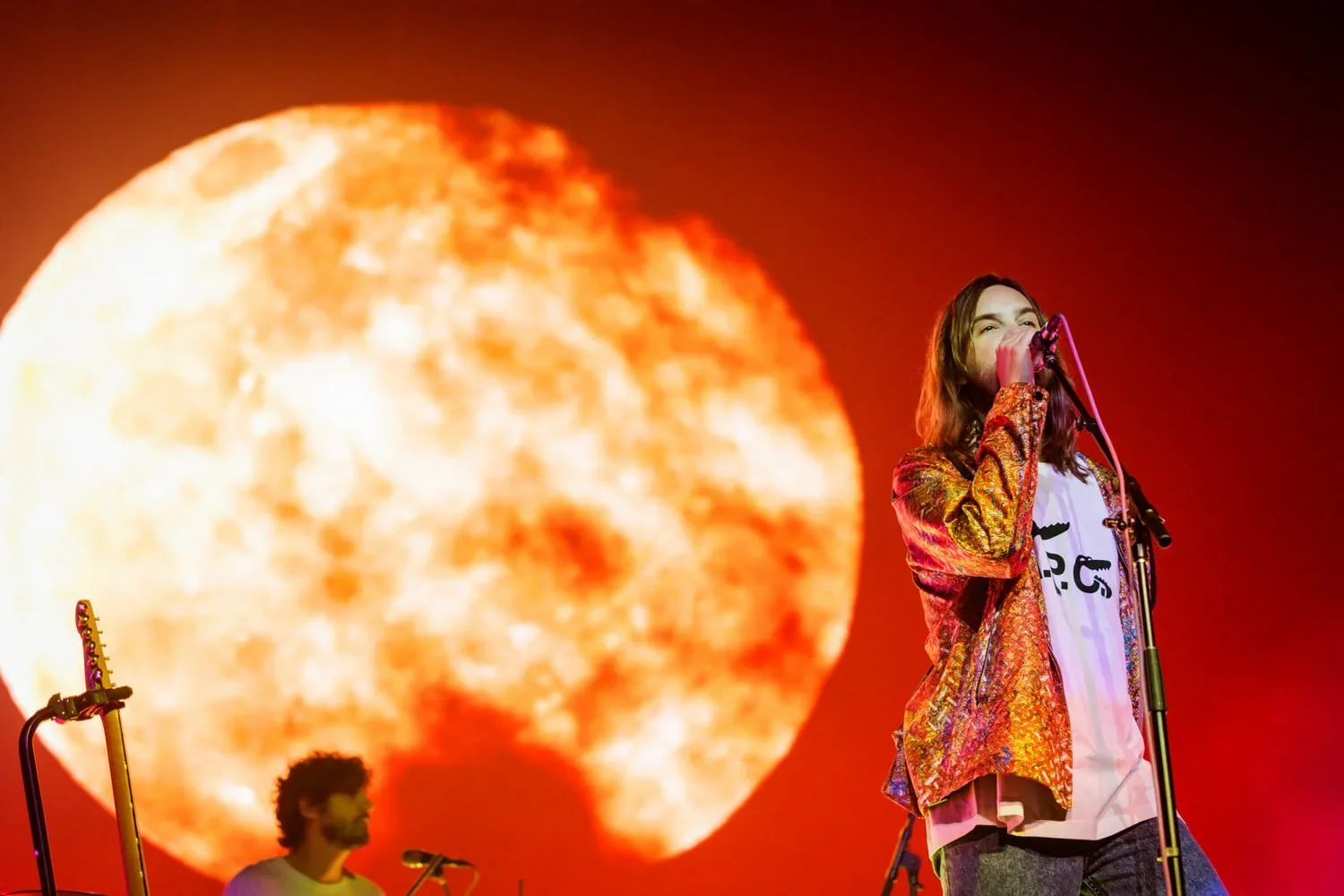Focus Modes Explained: AI Servo, Eye Focus, and Back Button Magic
When it comes to nailing sharp images in the fast-paced, unpredictable environment of a concert, understanding and mastering your camera’s focus modes is crucial. For Canon users like myself, AI Servo and Eye Focus are game-changers, especially with the advent of mirrorless technology.
AI Servo: Your Tracking Companion
This is Canon’s continuous autofocus mode, and it’s a lifesaver in concert photography where subjects are constantly moving. Whether it’s a singer jumping across the stage or a guitarist swinging their instrument mid-solo, AI Servo tracks these movements in real-time, ensuring your subject stays in focus even as they move toward or away from the camera.
It’s essential for capturing those dynamic, split-second moments that define a live performance. The technology has improved dramatically over the years, and modern cameras can track subjects with incredible accuracy, even in challenging lighting conditions.
Eye Focus: The Game Changer
With the rise of mirrorless cameras, Eye Focus has become a staple for many photographers. This mode automatically detects and focuses on the subject’s eye, which is particularly useful for capturing detailed, expressive portraits during a performance.
On Canon’s mirrorless systems, Eye Focus can be used in conjunction with AI Servo, giving you the best of both worlds. This hybrid approach allows you to capture the energy and emotion of the performance without sacrificing focus on the most important part of the image—the artist’s eyes.
Back Button Focus: Ultimate Control
This involves separating the focus function from the shutter button and assigning it to a button on the back of your camera—typically the AF-ON button. By doing this, you gain more control over when and how your camera focuses, which is incredibly useful in the ever-changing environment of a live concert.
It allows you to quickly switch between continuous focusing (AI Servo) and manual focus without having to change settings. It’s perfect for when you need to lock focus and recompose without worrying about your camera refocusing when you press the shutter.
Setting Up Your System
To get the most out of these focus modes, you need to set up your camera properly. Start by customizing your buttons so that the most important functions are easily accessible. Practice switching between modes quickly, so it becomes second nature during a performance.
Focus Area Selection
Don’t forget about your focus area selection. In a concert setting, you might want to use a single point for precise control, or expand to a zone for moving subjects. The key is to match your focus area to the situation—use smaller areas for stationary subjects and larger areas for unpredictable movement.
Remember, the best focus system is the one you know how to use instinctively. Spend time practicing with your camera before you head into a concert venue.


